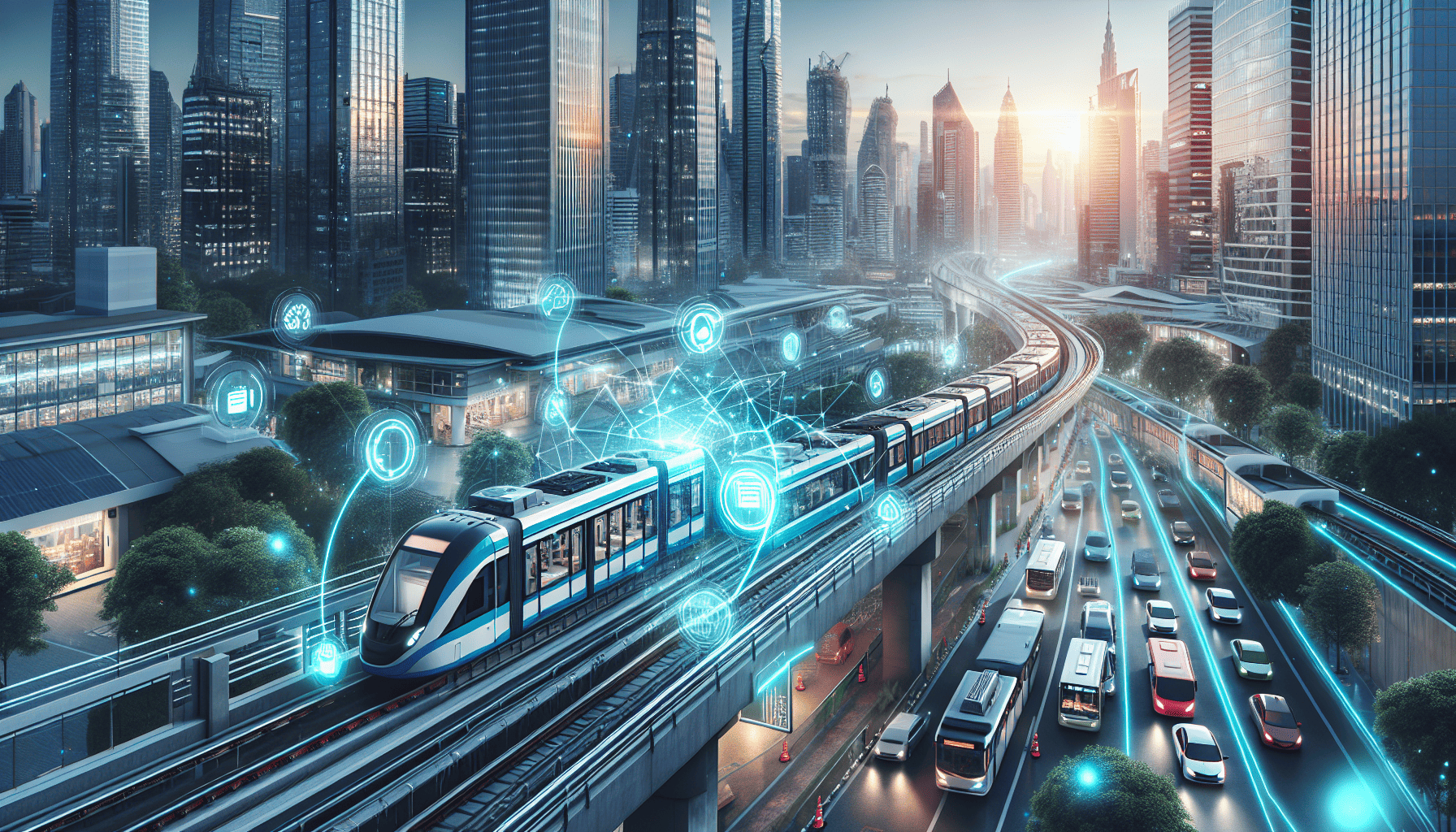The transportation landscape is undergoing a transformative shift thanks to the rapid advancement of technology. As cities around the globe grapple with increasing congestion, pollution, and the need for sustainable practices, the integration of smart transport solutions emerges as a beacon of hope. These technologically advanced solutions aim not only to optimize urban travel but also to enhance safety, reduce environmental impact, and improve the overall quality of life.
Intelligent Traffic Management
One of the cornerstones of smart transportation is intelligent traffic management systems. These systems utilize advanced sensors, cameras, and data analytics to monitor real-time traffic conditions. By analyzing data from these sources, they can adjust traffic signals dynamically to manage congestion effectively. This reduces travel time for commuters and minimizes the chances of accidents caused by unpredictable traffic patterns. Smart traffic lights are increasingly becoming an integral part of urban planning, turning chaotic city roads into more manageable, safer environments.
Connected Vehicles
Another game-changing innovation is the rise of connected vehicles. These vehicles communicate with each other and with the surrounding infrastructure to enhance driving safety and efficiency. Using Vehicle-to-Everything (V2X) communication, they can anticipate road conditions, traffic signals, and potential hazards. Connected vehicles work hand-in-hand with smart infrastructure to enable smoother traffic flow and safer intersections. Eventually, this connectivity paves the way for autonomous vehicles, which promise an even greater reduction in human error and optimized transport networks.
Public Transit Enhancement
Public transportation systems are also benefiting from smart technology. Real-time tracking and mobile applications provide commuters with up-to-date information about bus and train arrivals, allowing for better time management and lower waiting times. Additionally, smart ticketing solutions, such as contactless payments, streamline the user experience and reduce physical touchpoints—an essential consideration in today's health-conscious society. By making public transit more appealing and efficient, these innovations help reduce the number of private cars on the road, contributing to decreased emissions and reduced urban congestion.
Electric Mobility
Electric mobility is at the forefront of sustainable smart transport solutions. The shift to electric vehicles (EVs) is being accelerated by improved battery technologies and an expanding network of charging stations. Electric public buses, trams, and bikes further enhance urban mobility options. Governments and private sectors such as energy companies are increasingly investing in robust EV infrastructure, encouraging adoption through subsidies and incentives. As a result, the environmental footprint of urban transportation is substantially reduced, ushering us closer to achieving climate sustainability goals.
Shared Mobility Platforms
Lastly, the proliferation of shared mobility platforms is reshaping how people view transportation. Platforms like ride-sharing, car-sharing, and bike-sharing leverage mobile technology to provide flexible and cost-effective travel options. By promoting the shared use of vehicles and assets, these platforms reduce the need for private vehicle ownership. This not only alleviates congestion but also maximizes the efficient use of resources.
The Road Ahead
As we continue to explore and implement smart transport solutions, collaboration between governments, technology companies, and the public will play a crucial role. Regulations and policies must evolve to keep pace with innovation and ensure equitable access to these technologies. Simultaneously, public education and a cultural shift towards the acceptability of new transport modes are vital to the widespread adoption of smart transport solutions.
In conclusion, the integration of the latest technology in transportation offers a promising outlook for cities worldwide. It holds the potential to redefine urban landscapes into efficient, sustainable, and safer environments where mobility is a luxury enjoyed by all, regardless of economic or social status. As we harness these innovations, we are on the cusp of a transport revolution that could significantly enhance the way we live, work, and interact in thriving urban ecosystems.
